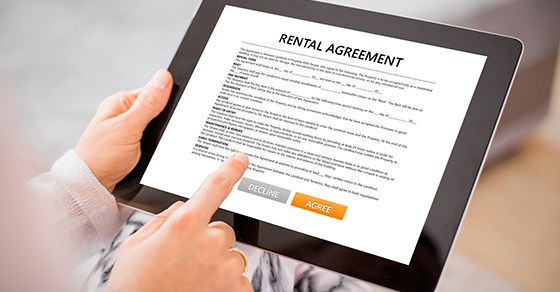
Reviewing your company’s financial statements often can catch problems early before they turn into bigger issues. Beware of these red flags.
CASH IS KING
While a shortage of cash generates concerns about overspending, slowed sales or collectability of your receivables, growing bank accounts can be problematic too.
It’s easy to think that having too much cash is a good thing. But unless you’re stockpiling funds for a major purchase, excess cash can suggest that vendors aren’t being paid, unnecessary interest is being incurred on debt or growth and investment opportunities are being missed.
MONITOR THE CURRENT SITUATION
When your current assets (e.g., cash and receivables) are less than your current liabilities (e.g., vendor payables and payroll liabilities) it may mean you may have trouble meeting your short-term obligations. This is especially important for seasonal businesses to manage when there may be parts of the year when you have more bills than sales.
MAKE A PROFIT
Shrinking profit margins deserve a closer look into your operations. Your profit margin is what’s left over after you subtract your product’s cost from your sales, and it’s used to cover your administrative expenses. Smaller profit margins may cause you to rely on short-term sources of cash, like credit cards or lines of credit, meaning you’ll pay interest.
GET INTO THE DETAILS
It’s not uncommon to have a line item on your income statement for “other expenses.” It’s an easy catch-all for costs that don’t fit nicely in established categories like wages or rent. But when your other expenses are higher than usual, dig deeper. It could be something as simple as a recording error or a one-time expense. You’ll want to confirm that nothing is out of line.
RISING INVENTORY
If your inventory is increasing, but nothing else has changed, it might mean items aren’t selling. And the longer inventory sits on the shelves there’s a higher chance that it will spoil or become obsolete. Devise a plan to get items moving again.










